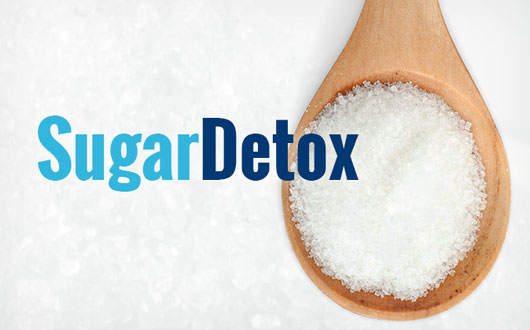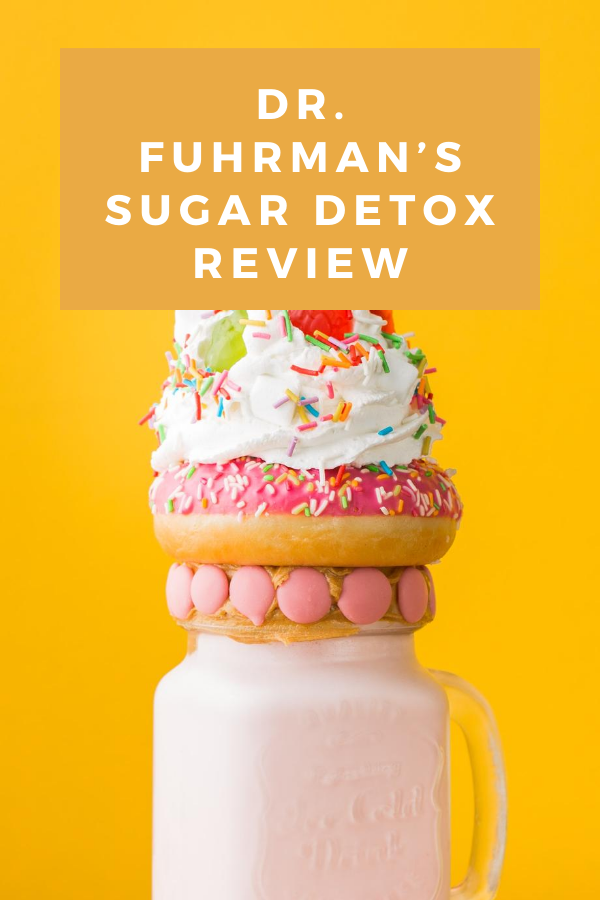
Joel Fuhrman, a family physician specializing in nutritional medicine, is also a best-selling author. In addition to those two distinct occupations, he is also recognized around the world as an expert in nutrition and natural healing.
Dr. Fuhrman has shared his vast knowledge of and expertise in nutritional science on many different platforms, including television, radio shows, and conventions. Most notably, Dr. Fuhrman has published several books, including #1 New York Times Best-Sellers, Eat to Live and The Eat to Live Cookbook.
What is Eat to Live?
Eat to Live is a lifestyle eating plan developed by Dr. Fuhrman. By following this nutritarian approach, it can lend to the dramatic decrease in heart disease, contribute to a drop in cholesterol levels, rid the body of Type 2 Diabetes by regulating insulin production, and eliminate the need for medications.
Eat to Live stands apart from the “fad diet” plans that people have spent over billions of dollars on in their attempts to lose weight.
First and foremost, this plan does NOT involve counting a single calorie. People are also not required to become vegetarians, or even vegans on this plan. Eat to Live is designed to allow for a steady and healthy loss of weight with the added bonus of maintenance.
-Do you want to eat delicious food that allows you to lose weight and keep it off permanently without hunger or deprivation?
-Do you want to throw away your medications and recover from chronic illnesses such as heart disease, high blood pressure, and diabetes?
-Do you want to maintain your good health, live longer, and enjoy life to the fullest?
How does it work?
Dr. Fuhrman has created a “Nutritarian Pyramid,” which looks very similar to the United States Department of Agriculture’s (USDA) Food Guide Pyramid, introduced in the 1990s and revised in 2010. However, that is where the similarities end.
The biggest difference is that the USDA’s Food Guide Pyramid featured the Bread, Cereal, Rice, & Pasta group at the bottom of the pyramid, recommending 6-11 servings a day.
The Nutritarian Pyramid features the Vegetables group at the bottom of the pyramid, recommending 30%-60% of total calories for the day. Another significant difference in the two pyramids are the recommendation amounts themselves.
The original USDA Food Pyramid called for servings and the Nutritarian Pyramid calls for percentage of calories. By looking at the two pyramids, you will see that healthy fats are more prominently featured in the Nutritarian Pyramid, but cheese and beef have been relegated to the top of that pyramid.
The Nutritarian Pyramid gives people a completely different perspective on what foods we should be consuming in order to help with weight loss and disease reversal.
It should be noted that the USDA revised the food pyramid in the same year that Dr. Fuhrman introduced the Nutritarian Pyramid. In 2011, the USDA released a new food icon, MyPlate, which provides a visual of how foods from the 5 food groups (vegetables, protein, fruits, grains and dairy) should be allocated on your plate.
Dr. Fuhrman promotes nutrient-dense eating based on his health equation: Health = Nutrients/Calories (H = N/C). His pyramid illustrates his equation and demonstrates the ascension of the nutrient-dense foods to the nutrient-poor foods.
Beef and cheese are placed in the top of the pyramid because of their saturated fat and animal protein content. Dr. Fuhrman expresses that meat is a disease-promoting food and that saturated fat and animal protein contribute to chronic disease.
There is actually one more thing that the USDA Original Food Guide Pyramid and the Nutritarian Pyramid have in common – sugar is at the top of both pyramids. It’s widely known that sugar is NOT part of a healthy diet and that it is an addiction that is just as dangerous as an addiction to drugs or alcohol. This addiction leads to weight gain and a highly increased risk of Type 2 diabetes, heart disease, and breast cancer.
To help address this addiction, Dr. Fuhrman has developed a 3-day sugar detoxification. This plan has been featured on the television show Dr. Oz and is an effective way to reduce, or even eliminate, sugar cravings. Below is an outline of what to do and what to expect when doing a 3-day sugar detox, as described by Dr. Fuhrman:
• Cut out ALL processed sweets and sugar – Honey, maple syrup, agave nectar, artificial sweeteners, and nothing else shall be consumed. Doing this will help to re-set your body so that it doesn’t crave sweets.
• Toxic hunger – Withdrawal symptoms that mimic hunger.
• After Day 3 – Headaches will subside and you will have more energy.
• What to eat instead – Slow fats and slow carbs should be consumed, which are foods that take time to digest. The best slow foods are nuts and beans.
• How much to eat – The recommendation is 2 oz. of beans or seeds, to be eaten with a meal and not as a snack.
• When to eat – Eat them at every meal and try to pair them with intact whole grains (like steel-cut oats).
A significant part of the 3-day sugar detox is what is called the “Second Meal Effect” and Dr. Fuhrman explains how beans play an important role in freeing someone from sugar addiction.
The consumption of beans helps promote the growth of good bacteria in our digestive system and, as a result, the production of a particular chemical delays the time in which food passes through our digestive system.
Simply put, eating beans at one meal can help combat a possible insulin spike after eating something like bread or fruit at the next meal, both of which have great potential to cause the spike.
-Do you want to throw away your medications and recover from chronic illnesses such as heart disease, high blood pressure, and diabetes?
-Do you want to maintain your good health, live longer, and enjoy life to the fullest?
Dr. Fuhrman recommends at least a half a cup of beans every day, using them to make soups, stews, burgers, and even desserts.
What happens after successfully detoxifying from sugar?
You can continue to follow a sugar-free lifestyle or you can learn how to introduce it back into your diet with the right foods, such as fruit.
While fruit does have naturally occurring sugar, it also provides crucial nutrients such as fiber and pectin. These nutrients counteract the sugar by providing for a slower digestion rate.
Dr. Fuhrman explains how he replaces sugar in recipes with dried fruits and also add beans.
Dessert does not have to be a thing of the past now that you have successfully detoxified yourself of sugar. Fruit-sweetened desserts or frozen fruit desserts are best for after dinner, after you’ve accomplished all you have for that day.
You could also try one of Dr. Fuhrman’s recipes called Apple Crunch Pie, as described below:
Apple Crunch Pie

Ingredients:
- 4 apples, peeled and sliced
- 1/2 cup chopped walnuts
- 1 tbsp. chia seeds
- 6 dates, pitted and chopped
- 1 cup dried currants or raisins
- 1/2 cup water 1/2 tsp cinnamon
- 1/4 tsp. nutmeg
- 1 orange, juiced
Directions:
- Preheat oven to 375 degrees.
- In a large bowl, combine all ingredients except the orange juice.
- Place in a baking pan and drizzle the orange juice on top.
- Cover and bake at 375 degrees for about 40 minutes until all ingredients are soft.
-Do you want to eat delicious food that allows you to lose weight and keep it off permanently without hunger or deprivation?
-Do you want to throw away your medications and recover from chronic illnesses such as heart disease, high blood pressure, and diabetes?
-Do you want to maintain your good health, live longer, and enjoy life to the fullest?
Enjoyed Dr. Fuhrman’s Sugar Detox Review? Share it with your friends so they too can follow the superfoodsliving journey.
Share on Pinterest
